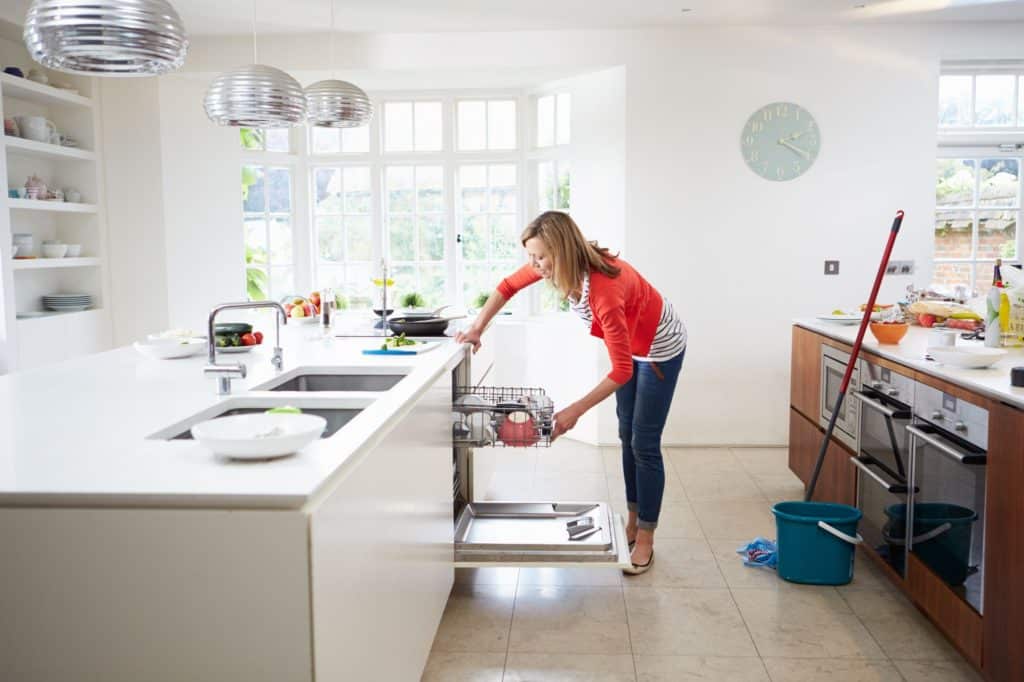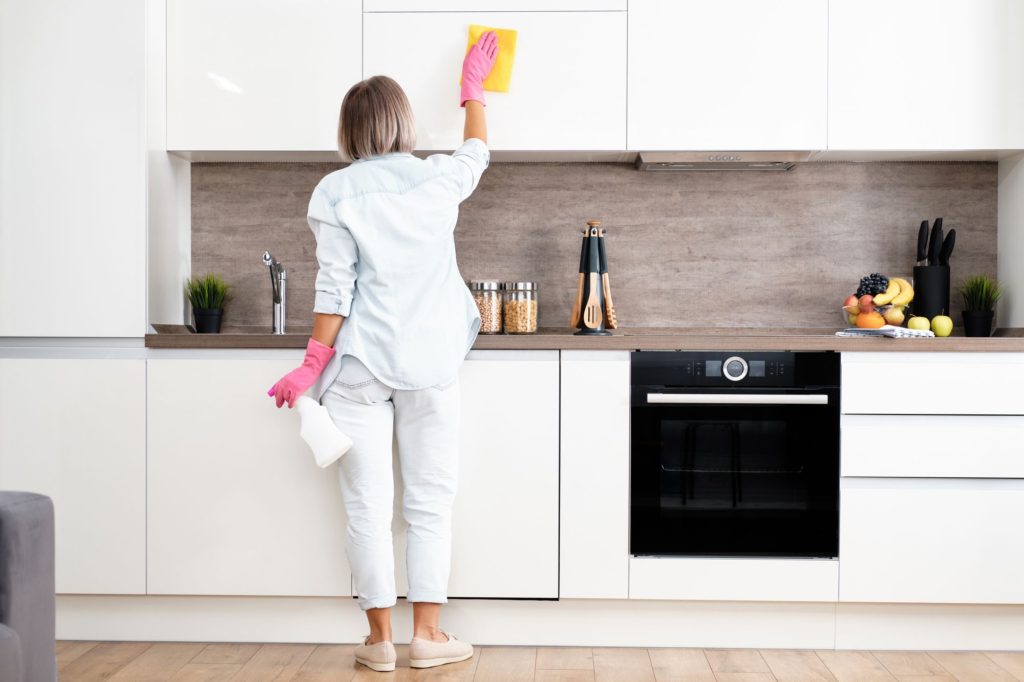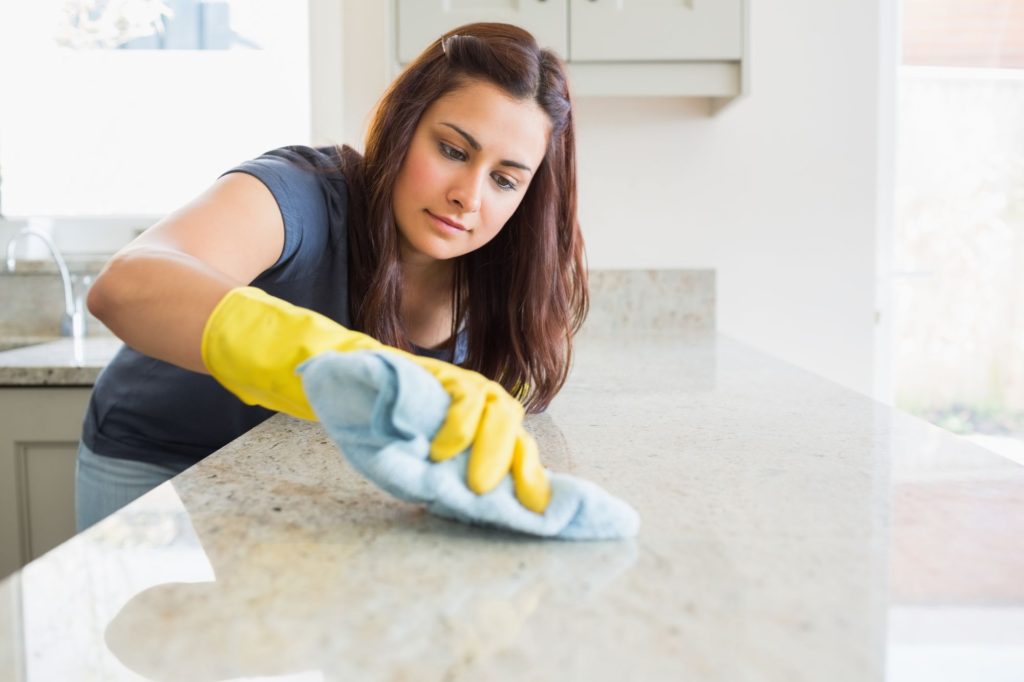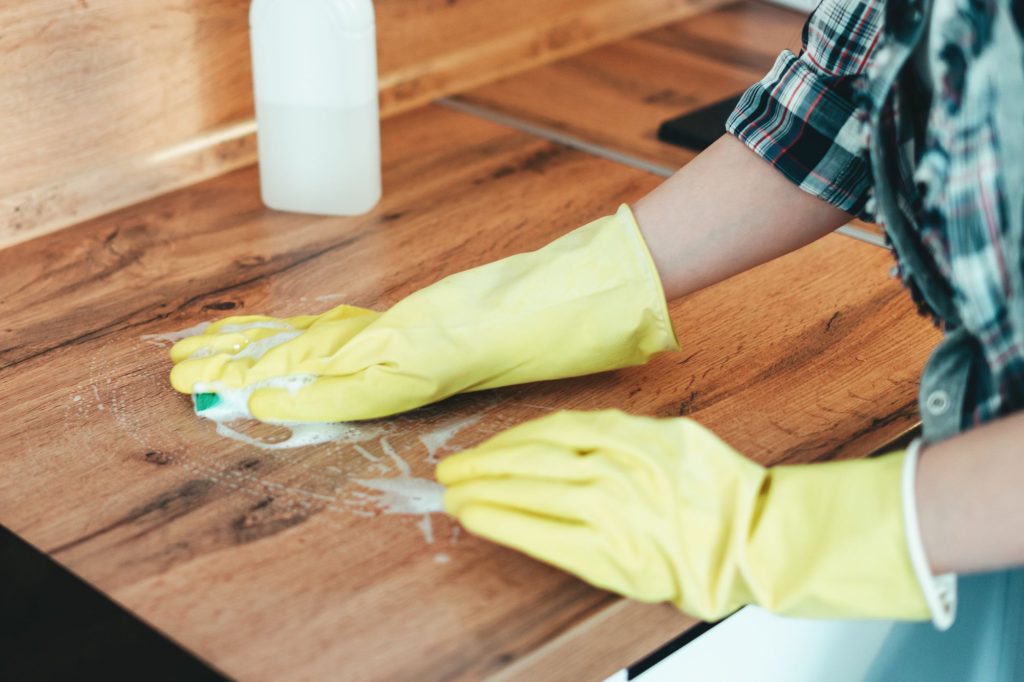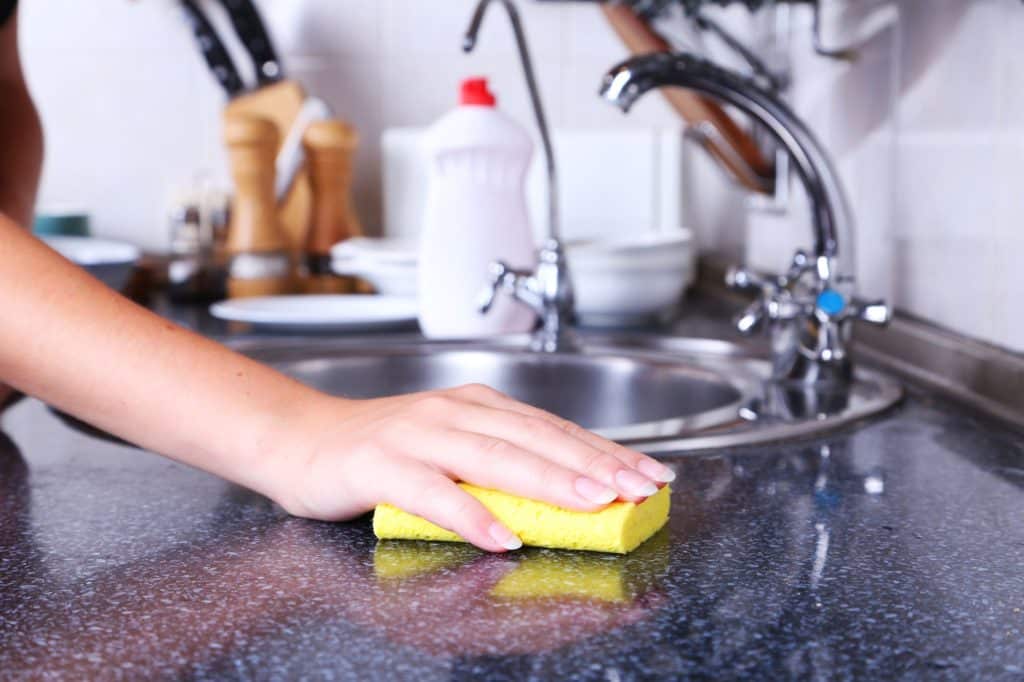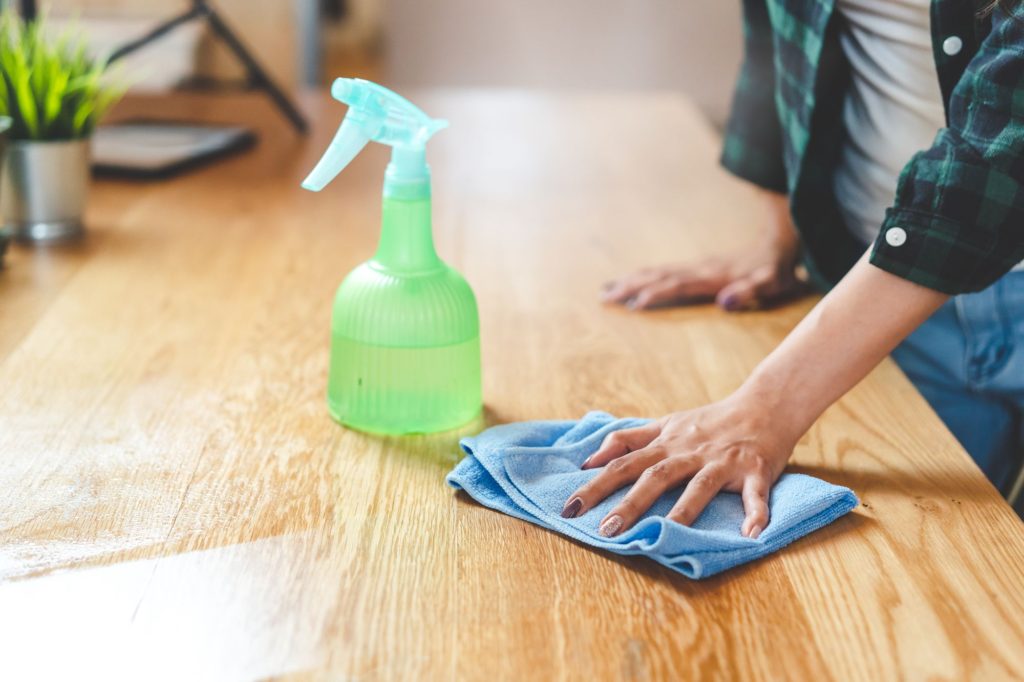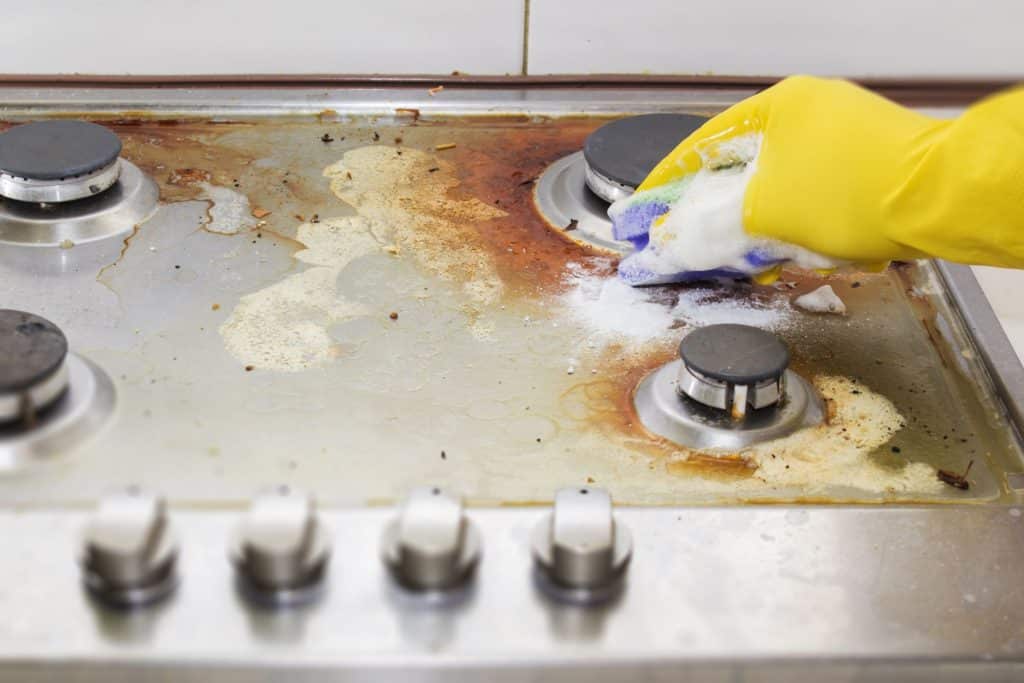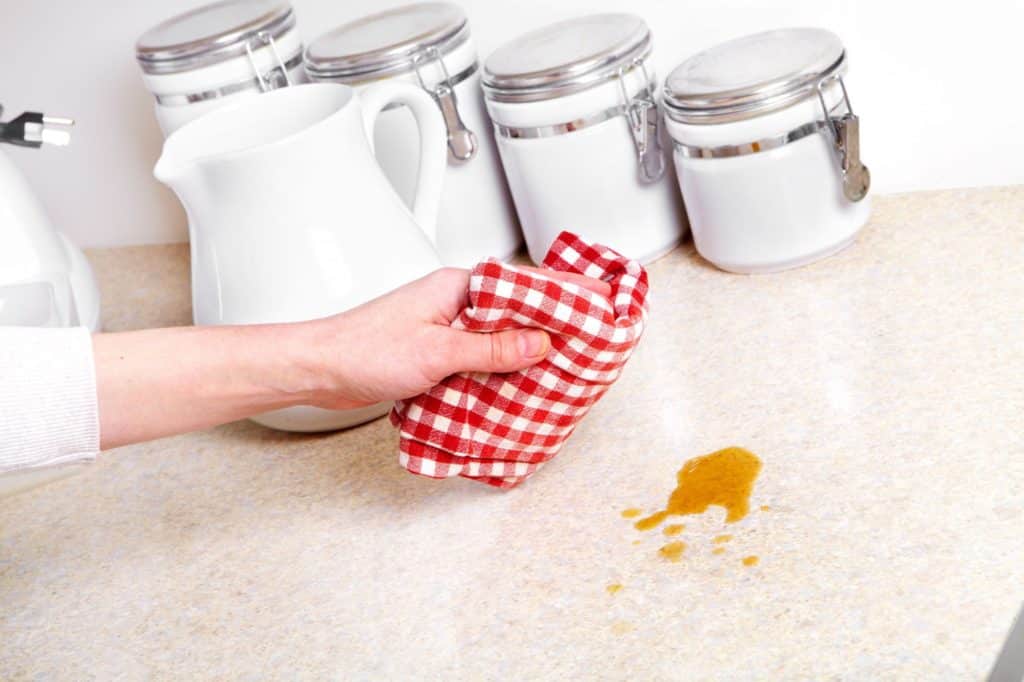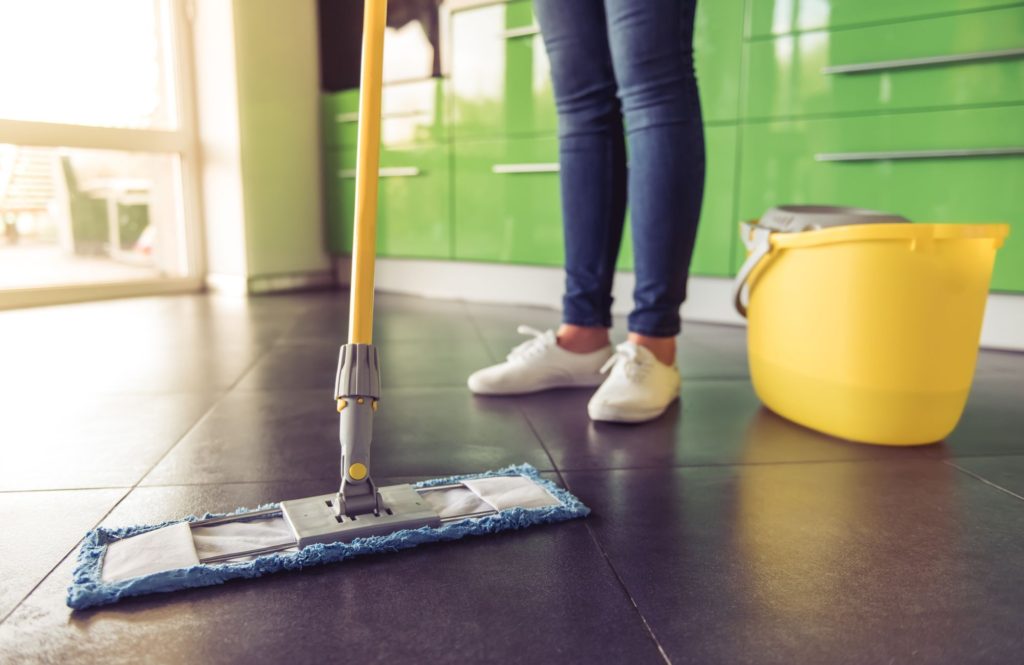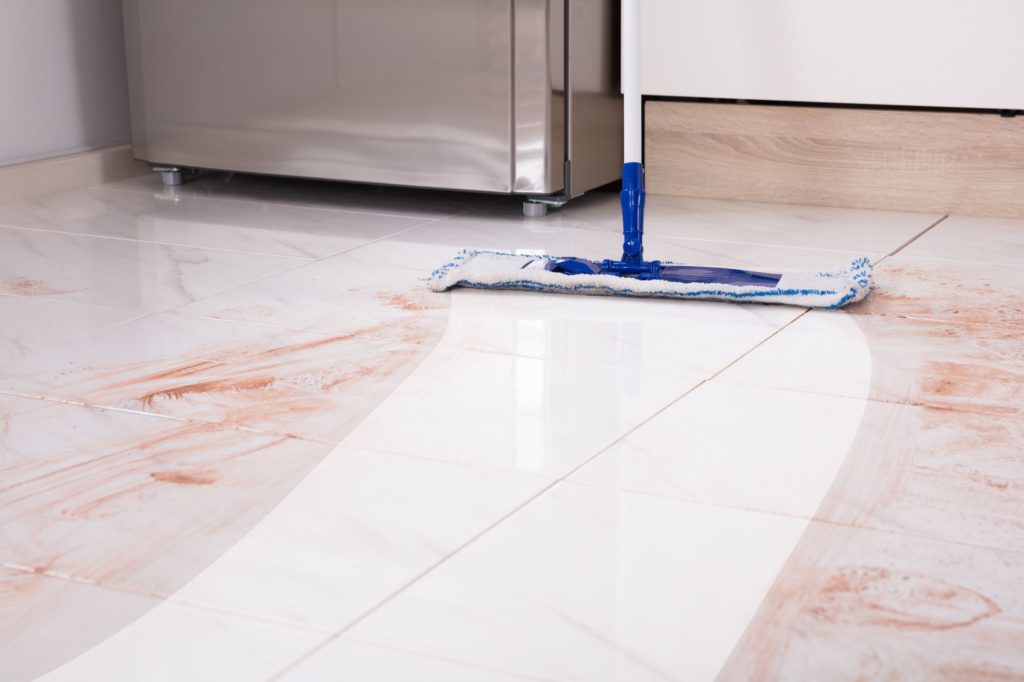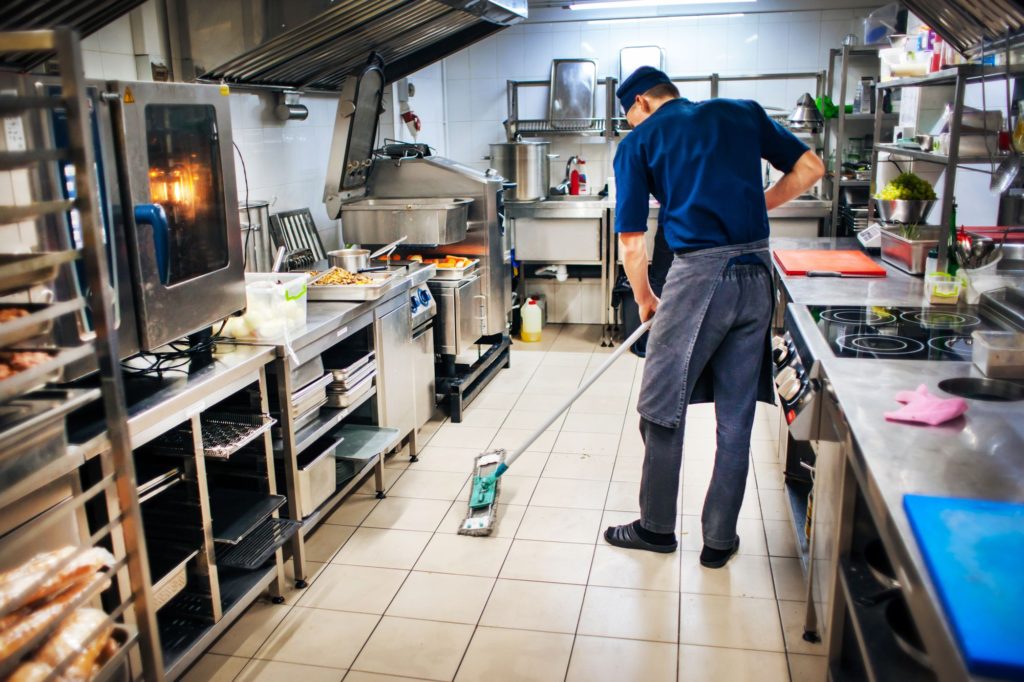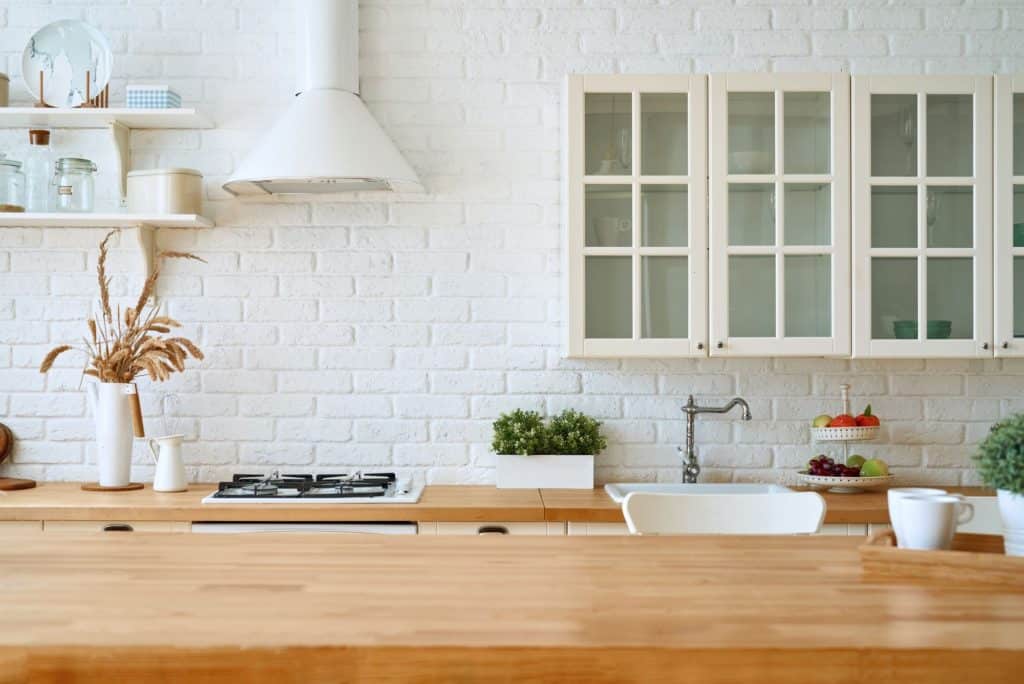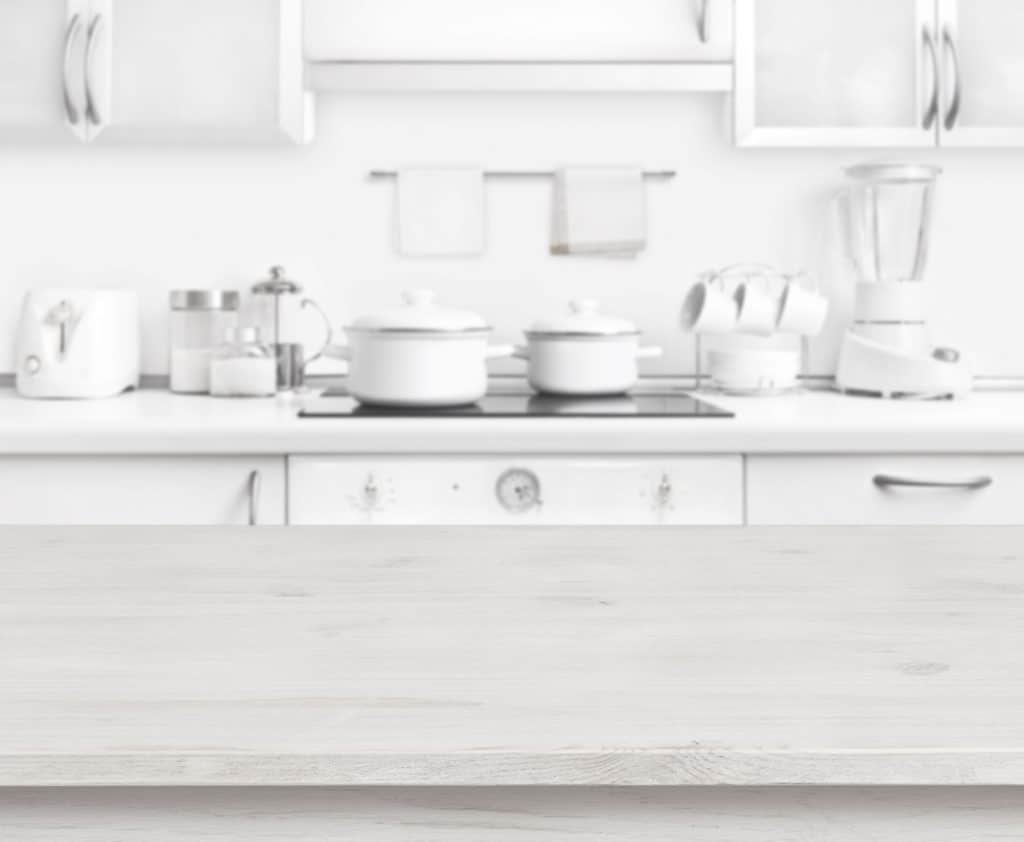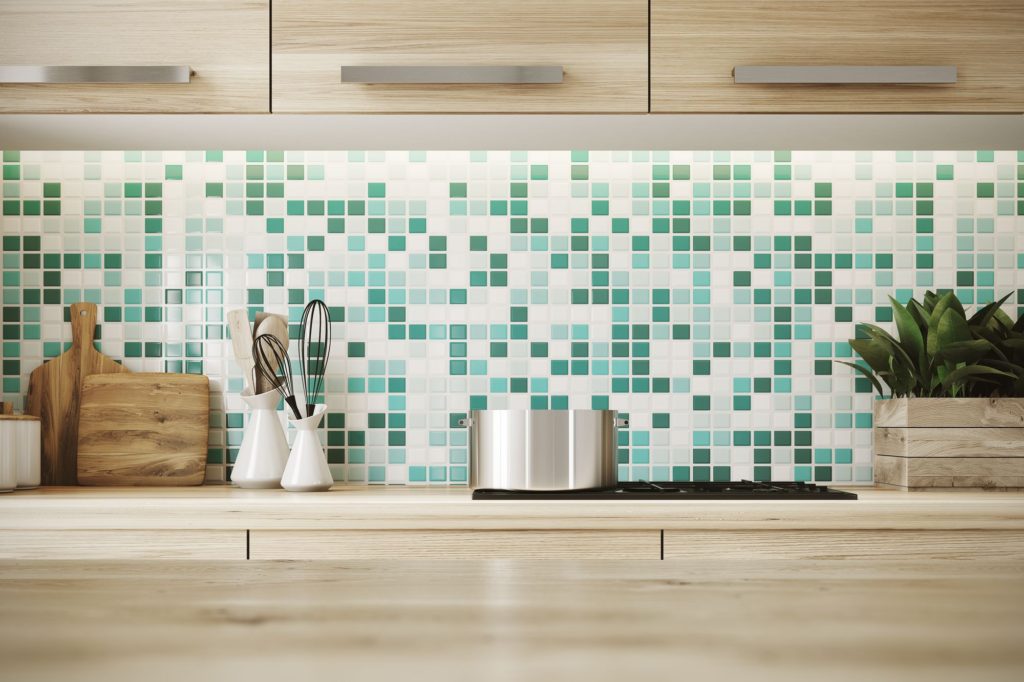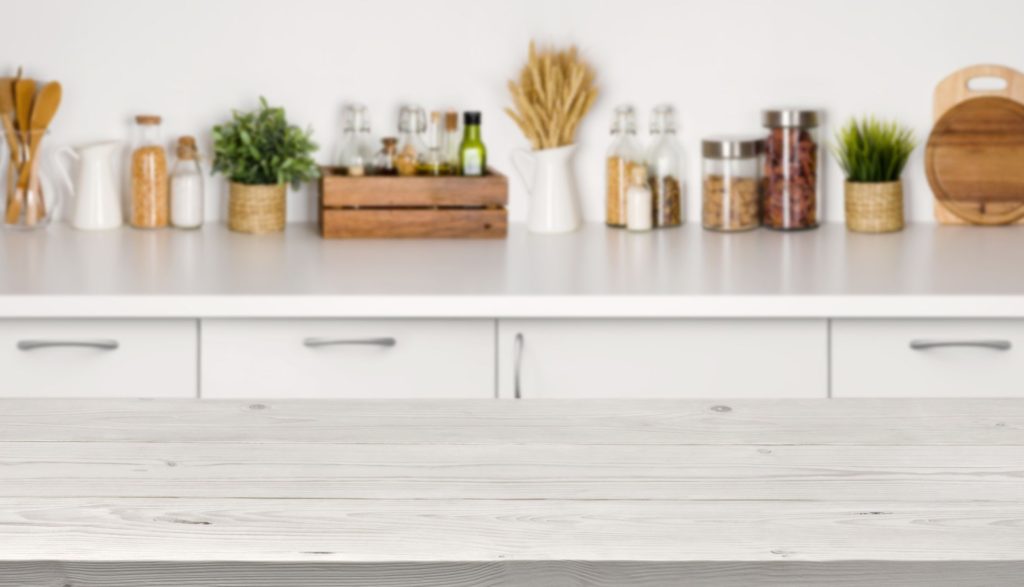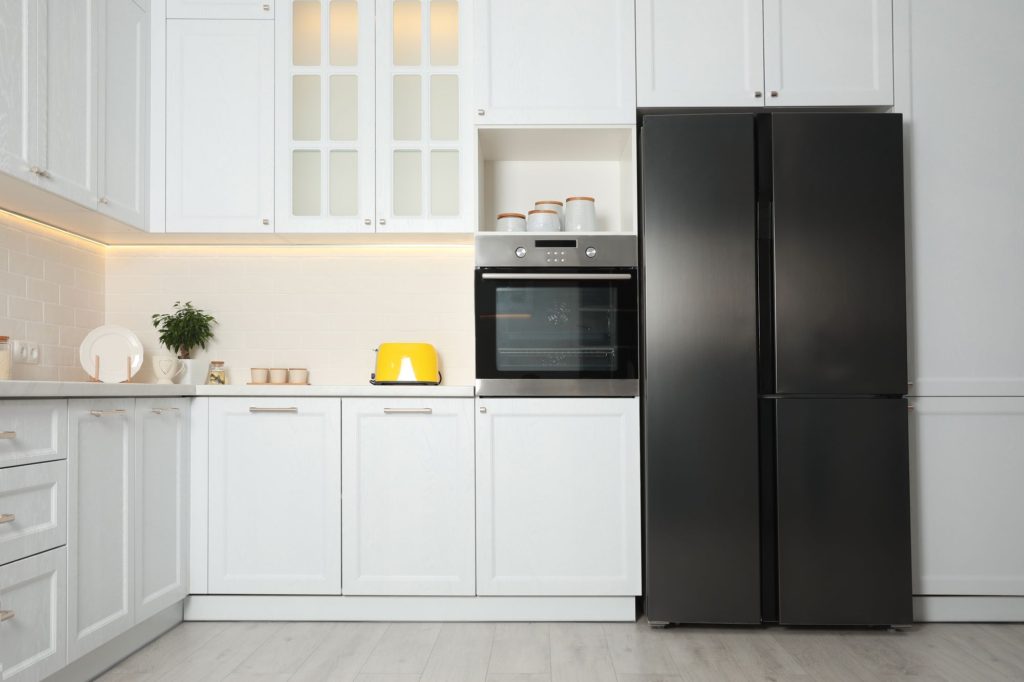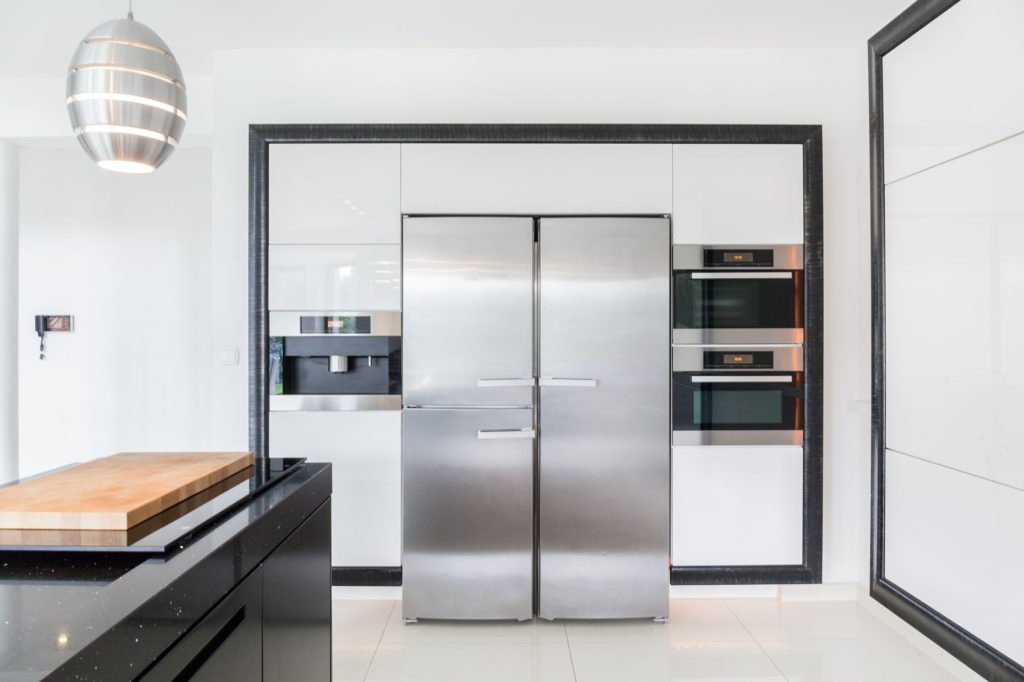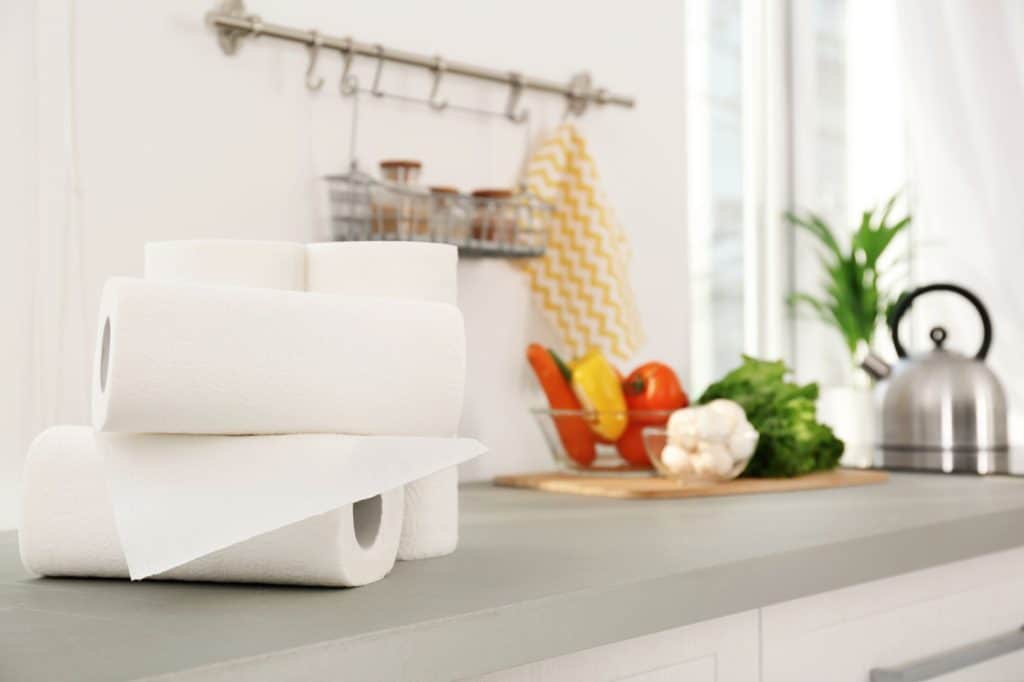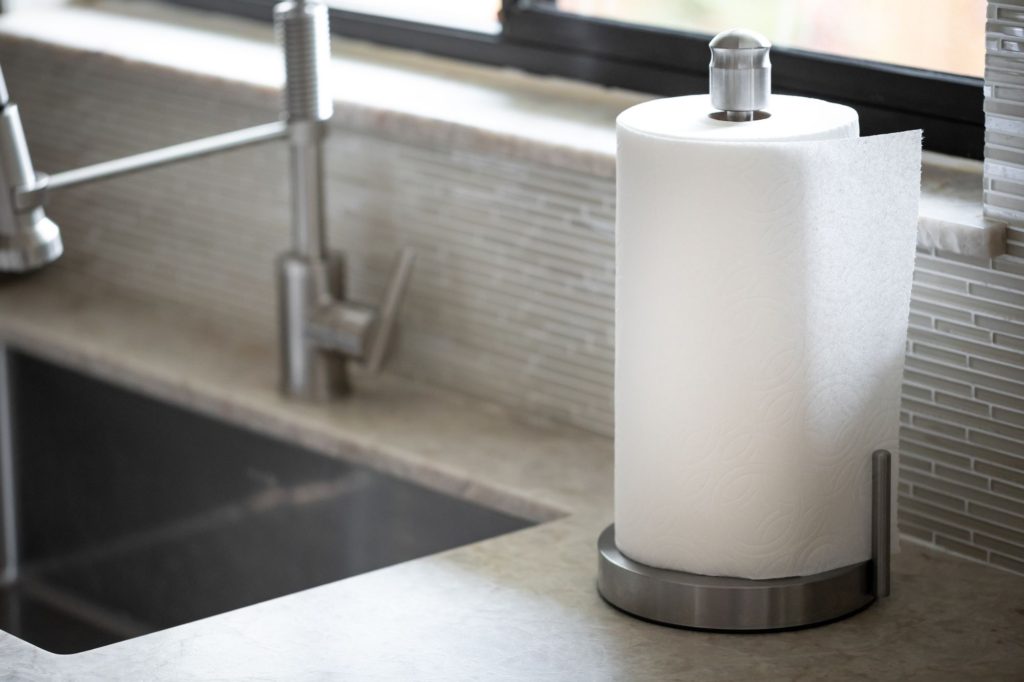Quick Kitchen Tips help you save time and keep your room visually tidy, even after cooking, so unexpected guests will never be caught off guard.
The condition of the house and, in particular, the kitchen can tell a lot about the character and neatness of the property owners. After all, it is the heart of housing, where households spend most of their time. Compliance with sanitary and hygienic conditions and maintaining order in the culinary area is a guarantee of excellent mood and good health for each family member. It will be safe and pleasant to prepare food in a clean and tidy room, as well as taste culinary delights. Therefore, it is important to know the basic rules for express kitchen cleaning from real professionals.
Basic tips and advice
If greasy spots on the stove, traces of sauces, food residues, and dried bread crumbs are not part of the idea of an ideal order for you, then we suggest using effective tips for express kitchen cleaning from professionals. To get started, put on comfortable clothes at home, equip yourself with gloves, and turn on your favorite music louder to enjoy the process.
1. CLEANING KITCHEN TABLES AND WORK SURFACES
The first step is to remove suitable food from all work surfaces in the refrigerator and cabinets. It is recommended to store spices in one place, in an airtight container to prevent the spread of odors. Put the container with vegetable oil to the back.
Then place food fragments, debris, and used consumables remaining after cooking into the trash can. Place dirty dishes, pots, elements of kitchen equipment and other kitchen utensils in the dishwasher or, if you don’t have one, just put them in the sink. Now you can clean the work surfaces of crumbs, dirt, dried dough, tomato or soy sauce stains, and other foreign fragments.
To shorten the express cleaning time, you should immediately wash the dirty dishes and accessories used in the cooking process. The absence of a pile of dishes in the sink will simplify cleaning and cheer up the hostess. After the dishes have been rinsed, wash the sink and clean the faucet using first a sponge and then a microfiber cloth.
2. GETTING RID OF STUBBORN STAINS ON KITCHEN SURFACES
After surface cleaning of the working area, grease stains on the countertop, particles of burnt food on the stove will most likely be found. Use special chemicals to remove them. If you do not have suitable household products on hand, use a vinegar and water solution. Fill the stains with the solution for 3-5 minutes.
During this time, wipe the inner surfaces of the microwave with a napkin dipped in vinegar water to remove plaque and food debris from them. After that, you can also wipe the facades of kitchen furniture with a napkin dipped in a solution of vinegar and water. Now you can go back to the grease stains on the tables and stove and remove them.
3. CLEANING THE FLOORS
After cleaning the upper part of the working area in the kitchen, you can move on to dry and wet floor cleaning. First, you need to vacuum or sweep the floor covering with a broom. Starting from the far corner of the room, move to the front door. It is imperative to vacuum even in hard-to-reach places where crumbs and other debris can fall during the day.
After dry cleaning, you can proceed with wet cleaning of the kitchen floor. An automatic or semi-automatic mop with a special microfiber nozzle will make the express cleaning process quick and comfortable. Such a kitchen assistant will perfectly remove dust, debris, and dirt from the floor covering in a matter of minutes.
When cleaning the floors, you can add a suitable detergent to the water. However, after such washing, additional rinsing of the mop and the floor will be required.
Practical tips to help keep your kitchen clean after cleaning
It is not at all difficult to constantly maintain a neat and well-groomed appearance in the temple of cooking, it is enough just to periodically carry out a number of “preventive” measures. Useful tips for lovers of cleanliness and order:
• Get rid of the clutter of unnecessary things on the work surfaces. You should leave only the most relevant things and objects at hand. It is worth giving up the decor – it not only visually loads the cooking area but also collects excess dust and greasy deposits. It is important to remember that the fewer things, dishes, kitchen utensils, and accessories, appliances in the open kitchen space, the faster and easier it is to clean.
• It is recommended that you organize your workspace wisely in order to save as much space and time as possible when looking for the right tools. The storage system for kitchen utensils, dishes, food, and auxiliary elements must be built in such a way that the essentials are in the nearest availability. This is especially true for kitchen utensils, food supplies, a set of spices, as well as tea and coffee.
• The refrigerator should be cleaned and tidied regularly. In a timely manner, you need to throw out products that have expired, and those for which it comes to an end should be put in the foreground. Lost food without a specific expiration date should also be regularly removed from the refrigerator, as it will cause bacteria and unpleasant odors in the refrigerator. Removable parts and elements of the refrigerator compartment are easy to clean in the sink. Shelves and other surfaces can be wiped with a microfiber cloth and special cleaning agents.
• Replace cloth rags and napkins with paper kitchen towels. They are versatile, easy to use and quickly remove substances of different consistencies from any surface. In addition, using paper kitchen towels reduces the risk of bacterial growth in the presence of moisture build-up, as is often the case with regular kitchen rags.
Time for express cleaning and compliance with the rules of “prevention” can be allocated daily. It is enough to devote 10-15 minutes while the dish is stewed, baked or warmed up in order to enjoy its reception in a clean and well-groomed room.
